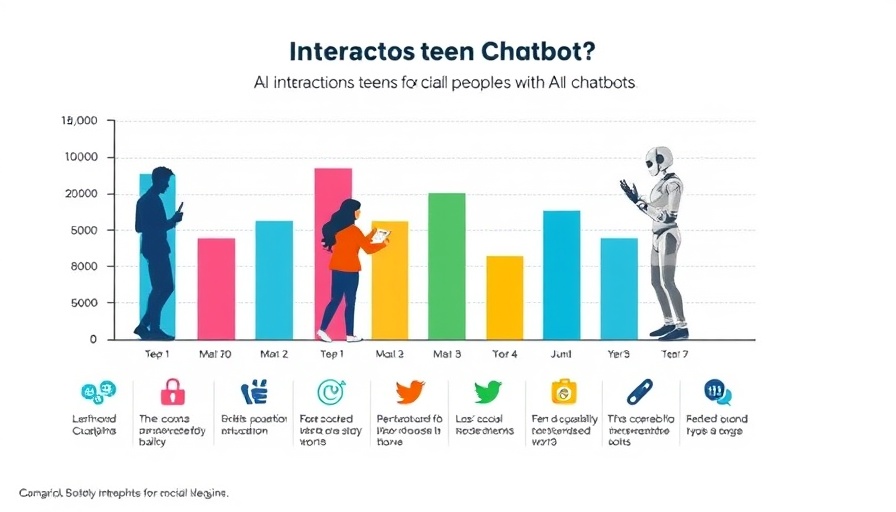
The Growing Impact of Threads on Referral Traffic
Are your linking strategies evolving alongside the updates from Threads? Recent announcements from Meta suggest that link posts on Threads are now receiving improved performance, a significant development for business owners seeking novel avenues for traffic generation. Adam Mosseri, the head of Instagram, highlighted these changes, indicating a shift in how link content is prioritized within the app. This pivots the conversation toward the effectiveness that Threads might have on driving referral traffic.
Understanding Meta's Algorithm Changes
In Mosseri's words, “We’ve been working on making sure links are ranked properly.” This is critical, especially for businesses aiming to leverage social media for traffic and marketing purposes. Historically, the journey for link performance in social media has seen its ups and downs—initially attracting businesses with favorable exposure and later retreating amidst changing content priorities. The future of Threads appears focused on rectifying these past inconsistencies, advocating a more extensive approach to showcasing varied content, including links.
Why Business Owners Should Pay Attention
As business owners and marketers, understanding these new updates can empower you to craft more effective online strategies. By adopting a real-time news approach similar to its competitor X, Threads could enhance its role as a pivotal traffic generator. The addition of link performance analytics introduces a valuable metric for businesses, enabling owners to discern how their link posts drive engagement and referral traffic. Tracking this data means better adjustments to your social media strategy, ensuring you’re not just present on Threads, but also making impactful posts.
Potential Implications for Content Creators
For content creators, the evolution of Threads signifies emerging opportunities. The platform's recent tweaks—allowing more links in profiles and increasing visibility for link posts—signal an encouraging shift toward fostering richer connections. This can particularly benefit those in sectors where content is paramount, like consultants and coaches who rely on engagement and traffic. By understanding these dynamics, creators can better tailor their content strategies to align with Threads’ evolving algorithm, thus capitalizing on the platform’s growing user base.
Counterarguments: The Reality of Link Traffic
However, there are mixed feelings surrounding the notion of link traffic on Threads. Critics often point to Meta's prior inconsistencies as a red flag. While the intent to prioritize links is clear, realizable results may take time. The platform must demonstrate consistency in prioritizing links to persuade business owners to invest time and resources in this medium. Understanding how to navigate these uncertainties will be crucial in optimizing your traffic and engagement strategies.
The Path Ahead for Social Media Strategies
As business owners navigate this new terrain, the imperative lies in adapting quickly while keeping an eye on trends. The rise in link performance may suggest an evolving landscape where platforms like Threads become more than mere avenues for engagement. By embracing effective linking strategies and remaining agile, businesses can cultivate growth through thoughtful placement of link content, boosting visibility and referral traffic.
Call to Action: Are You Ready to Embrace Change?
Selecting appropriate social media strategies is essential. As Threads continues to evolve, seize the chance to reassess your content strategy. Consider how links can play a pivotal role in your visibility and traffic generation. Stay ahead of the curve by adapting to these patterns and leveraging real-time analytics offered by the Threads platform. Don't hesitate—make your move in the shifting digital landscape.
 Add Row
Add Row  Add
Add 




Write A Comment